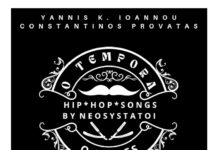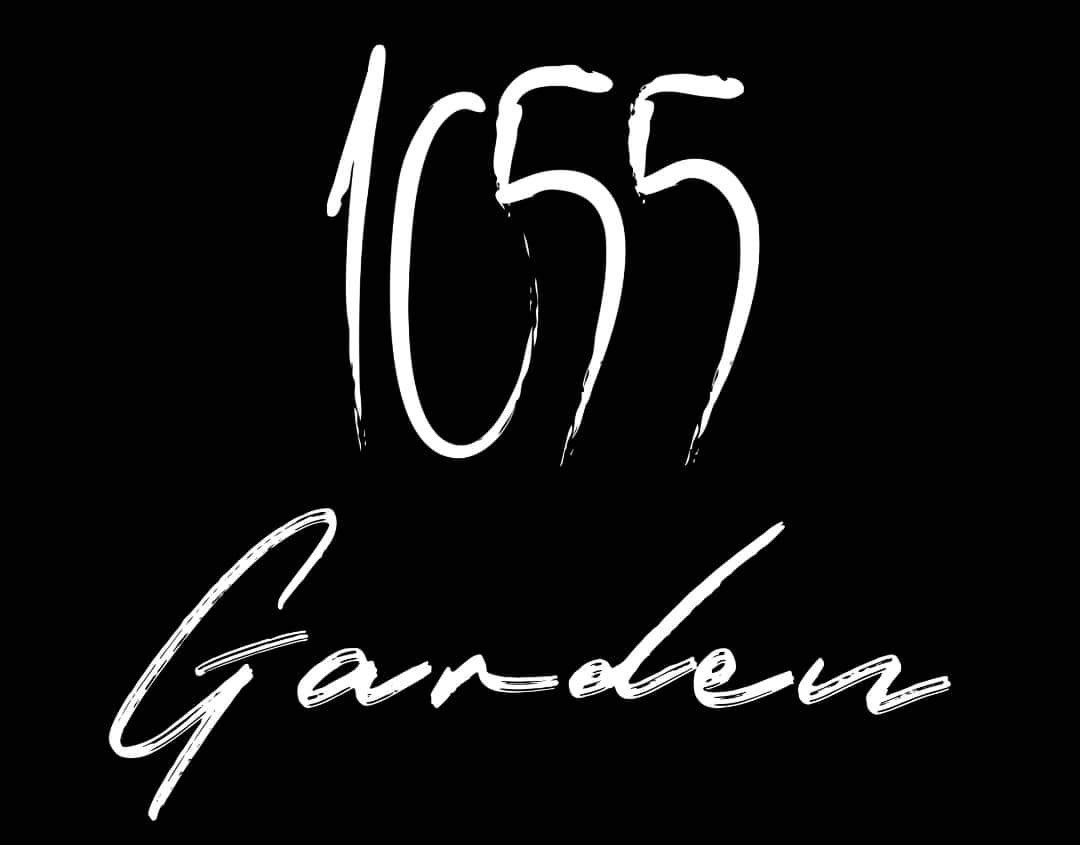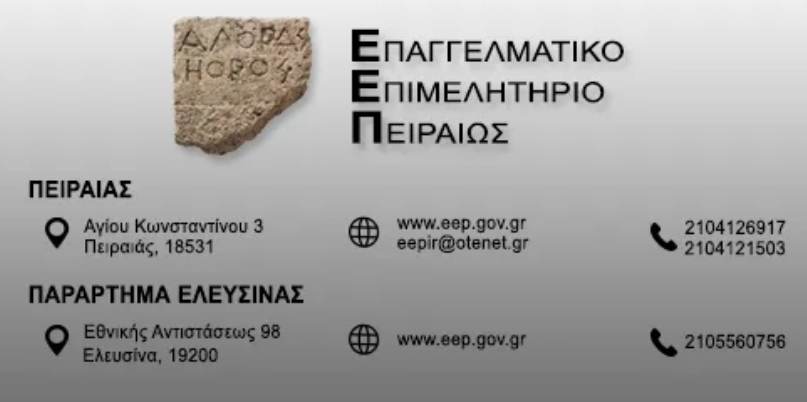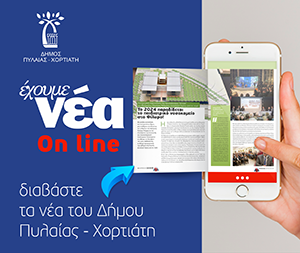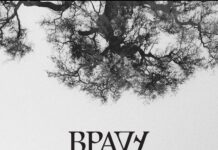Επιμέλεια: Εύα Πετροπούλου Λιανού
Dr. Jernail Singh Anand
Poet and Philosopher,
President,
Internationa Academy of Ethics.
[ethicsacademy.co.in]
The collection of short stories ‘Once Upon a Time’, described as ‘sagas of multilayered emotions’ by Dilip Mohapatra, presents a rich tapestry of experience, lived very intensely, and succeeds in conveying the feeling that the author possesses a deep understanding of human life in its variegated avatars. Most of the stories revolve around the military life, and it is natural too, the author being a Navy veteran, yet, it has enough to resonate with common people, whose very common problems have got an artistic treatment.
Fiction is an art which situates itself between the author and the reader. The author is equipped with emotional data which he wants to transfer to the reader. Now, it can be a poem, an essay, or even a story. Thus, a story already exists, in real life, or in the mind of the author, when we apply the contrivance called fiction to it, it gets transformed into a new creation. It is not a mixture of ideas, thoughts, and happenings, but now, it comes as a compound, entirely a new entity, with a new personality. Only the author knows what has gone into the spin, and where it lies in the story.
Then, the more important aspect of a writing is its artistic component. Style is the man, we often say. It is this style which determines the artistic beauty of a writing. Alphabet and words are the same, ideas can be same, what distinguishes a writer from others is how individual he is in imparting an artistic existence to it. Here, what comes to his help is his vast experience, as well as his exposure to the people of different strata, and then, his ability to beat all that into a fresh creation.
Story telling is I think the oldest art, and civilizations are built, less on brick and mortar, than on stories handed down to us, orally. Stories have an element of the unknown, the uncertain, and we are drawn towards the conclusion, with our eyes and our mouths agape. Suspense is the most essential aspect of a story. Entertainment is the prime motive of all art, but we know, art is never for art’s sake. It must instruct as well. Thus, the story teller not only worship the muse of beauty, he also tries to please the muse of instruction as well in order to be true to his higher self.
Dilip Mohapatra’s short stories ‘Once Upon a Time’ invoke the spirit of story-telling by its very name. The grandmother stories often started with ‘once upon a time’. However, these stories have a highly modern orientation. They tell us of our own world, our own problems, which have been delineated with great artistic dexterity. Dilip’s world is the world of a Navy veteran, who is much travelled, and being blessed with a keen observation, who has lived this life with a sense of detachment [artistic distance], not found in ordinary naval officers.
What really sets him apart is the informal and easy tone of these stories, which are racing fast, past the by lanes of our modern experience, exposing us to different types of experiences, yet relating the stories just to entertain, does not seem to be his passion. Art has a higher function, not only to give expression to the real, but also to project the ideal. Art is used not only to express things, but also to hide the ugly reality, otherwise, this life is squarely unbearable. Art makes us savour things which are too much for viewing or even appreciating.
The book opens with the story ‘Once upon a time’, which tells how fate recoils upon people who do not accept the pace of time, and try to alter it with their crooked designs. ‘Desires’ makes a powerful comment on man’s desire for happiness. The vision -“While happiness, health and well being are definitely to be sought after, pain sufferings and disease are also part of the worldly life” -informs the story. The third story, ‘The Guru’, extends on the idea of desires again, and tells how Chidozi became Guru Chidananda. This reduction of desires from many to few and from few to one results in one’s journey from emotion to passion, and from passion to devotion, remarks the author. ‘The Fighter Cock’ appears to be a story with a personal touch, and makes a bid on our understanding of the psyche of the youngsters. It is also a powerful comment on how wildly and loosely people work out the idea of freedom. ‘Revenge ‘is a true story which shows how crows never forget their enemies. ‘Deepfake Debacle’ and ‘Package Deal ‘are stories which measure out our times in a coffee spoon. ‘The Boarding Party’ conveys essential information about naval operations, but the story which really shakes you is the ‘Bleeding Rainbow’. It deals with those aspects of human interaction which are considered tabu. Yet, the topic has been dealt with great finesse and maturity. ‘The Swing;’ encapsulates the political transition during post- Independence times, and shows how difficult it was for the erstwhile rulers and their offspring to adjust to the idea of democracy. ‘Hey Diddle Diddle’ extends on the love bond between kids and dogs. ‘The Runaways’ is an inspiring story of two adolescents who were running from life, but held back by a painting of Lord Krishna, which helps them return to face life. As it is a true story, both of them reached high positions in their lives. ‘Awardoclypse’ is a scathing attack on the award culture which has gripped the literary scene. ‘Silent Scars’ is a shrewd attempt to convey the idea that what we give to others, often comes back to us. The most loving story in the pack is ‘The Party’, which like the play The Bishop’s Candlesticks’, succeeds in sending a strong message to the Governments and the people how to treat their rebels. There is no antidote to violence more potent than kindness, and if it displayed at the official level, no one will take up arms. I like this message from this work of the author.
The eerie atmosphere of ‘Old Flames’ impresses with intensity of emotion, and ‘The Urn’ brings back horrifying memories of the Coronavirus during which the civic authorities did not stop short of disrespecting even the dead.
What impresses me most is the vast spectrum of the book, which introduces us to divergent domains of life, and spans different nations, which adds to its richness as a catalogue of our times which extrapolates on every possible source of experience. The stories which one cannot easily forget are ‘The Party’, ‘Old Flames’ and ‘Bleeding Rainbow’. The author has a powerful word bank which spans his experience in different stations of life, and his deft handling of various sensitive emotional states.
‘Once Upon a Time’ as the author himself says, is ‘sagas of multilayered emotions’. The author has dwelt on his own experience, and one has to agree, no story takes its birth in the air. Some of it is rooted in reality. Rest is the imagination of the author.
Overall, it can be said that the stories are not only stories, but they represent our times in its naked truth. If there are stories which deal with lighters aspects of life, there are stories like ‘Bleeding Rainbow’ which cast a gloom on the joys of ordinary human beings. Life is a mixture of joys and sorrows. So, we find in the work joy and pain weaving multilayered patterns, which not only amuse, but also leave a deep cut in the heart. The final feeling after reading the book is: we were passing through a tunnel supplied with multicoloured shadows of life, and finally, we are out of it entirely transformed with the experience. I believe that the power of a work of art lies in its ability to impact the perceptive abilities of its readers. After reading this book, I believe, we shall never remain the same as we were before reading it. That is its power, for which I wish to congratulate Dilip Mohapatra.
Dr. Jernail Singh Anand
Poet and Philosopher,
President,
Internationa Academy of Ethics.
[ethicsacademy.co.in]









